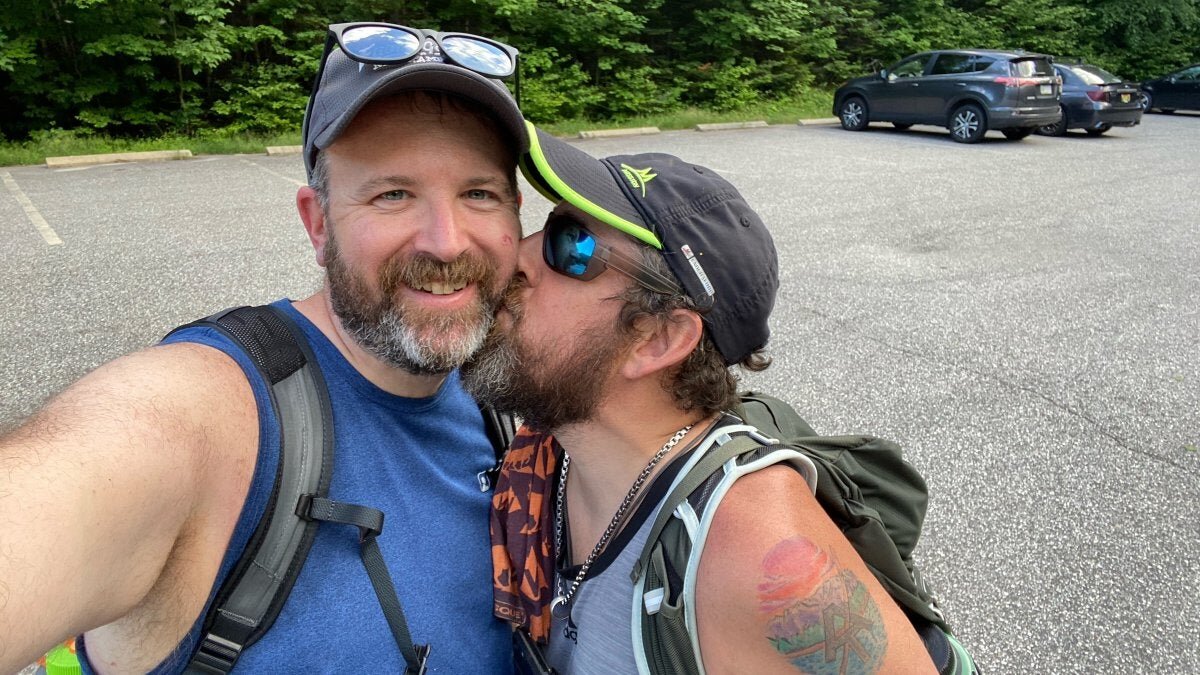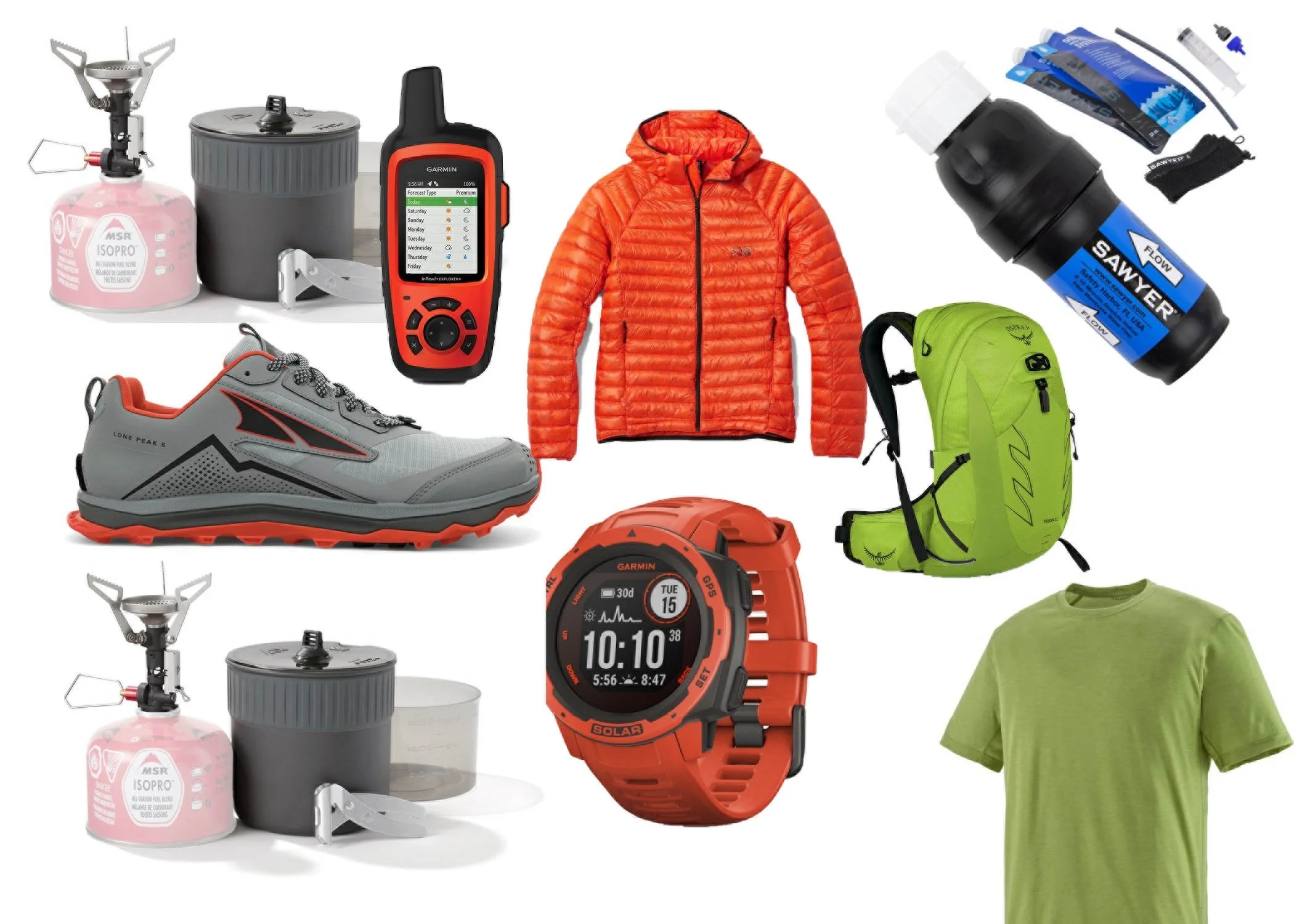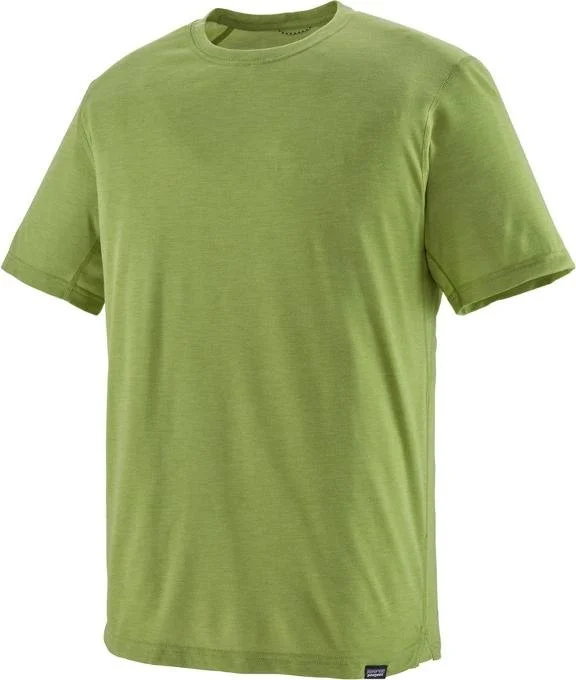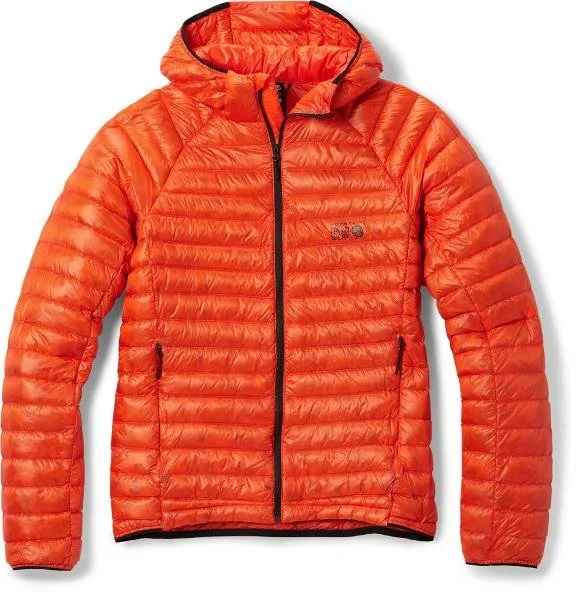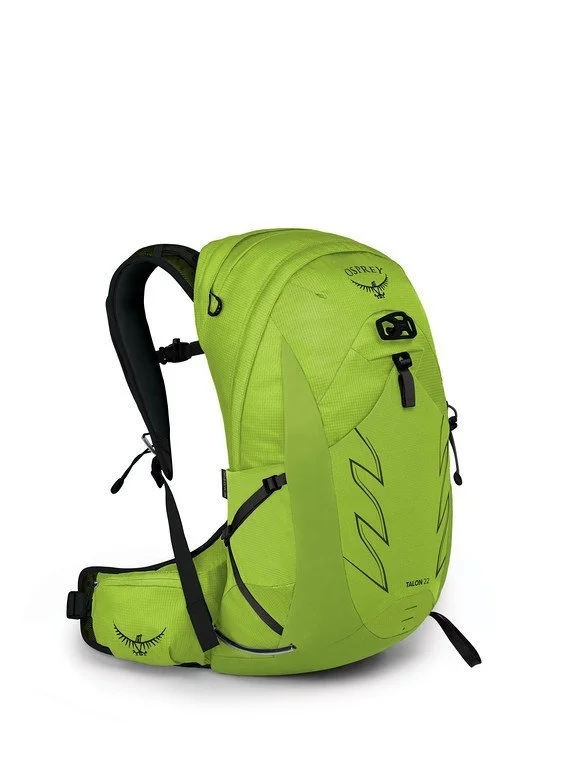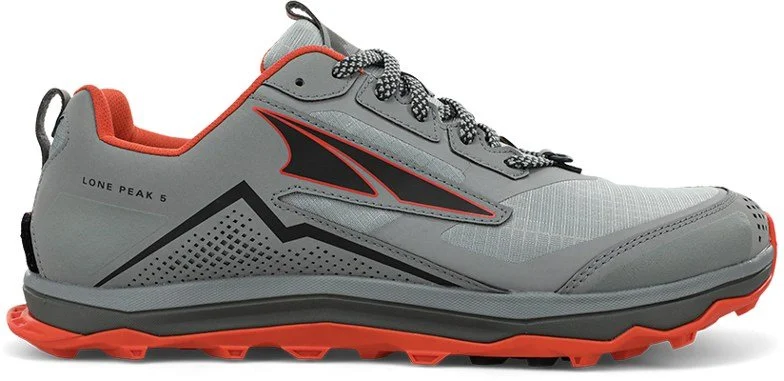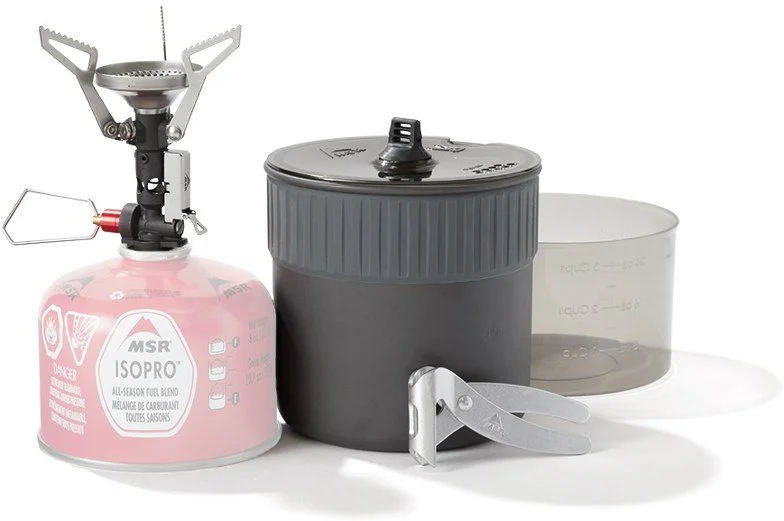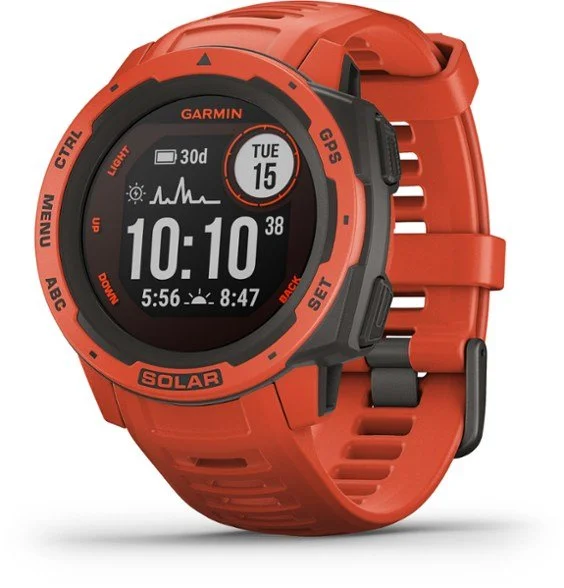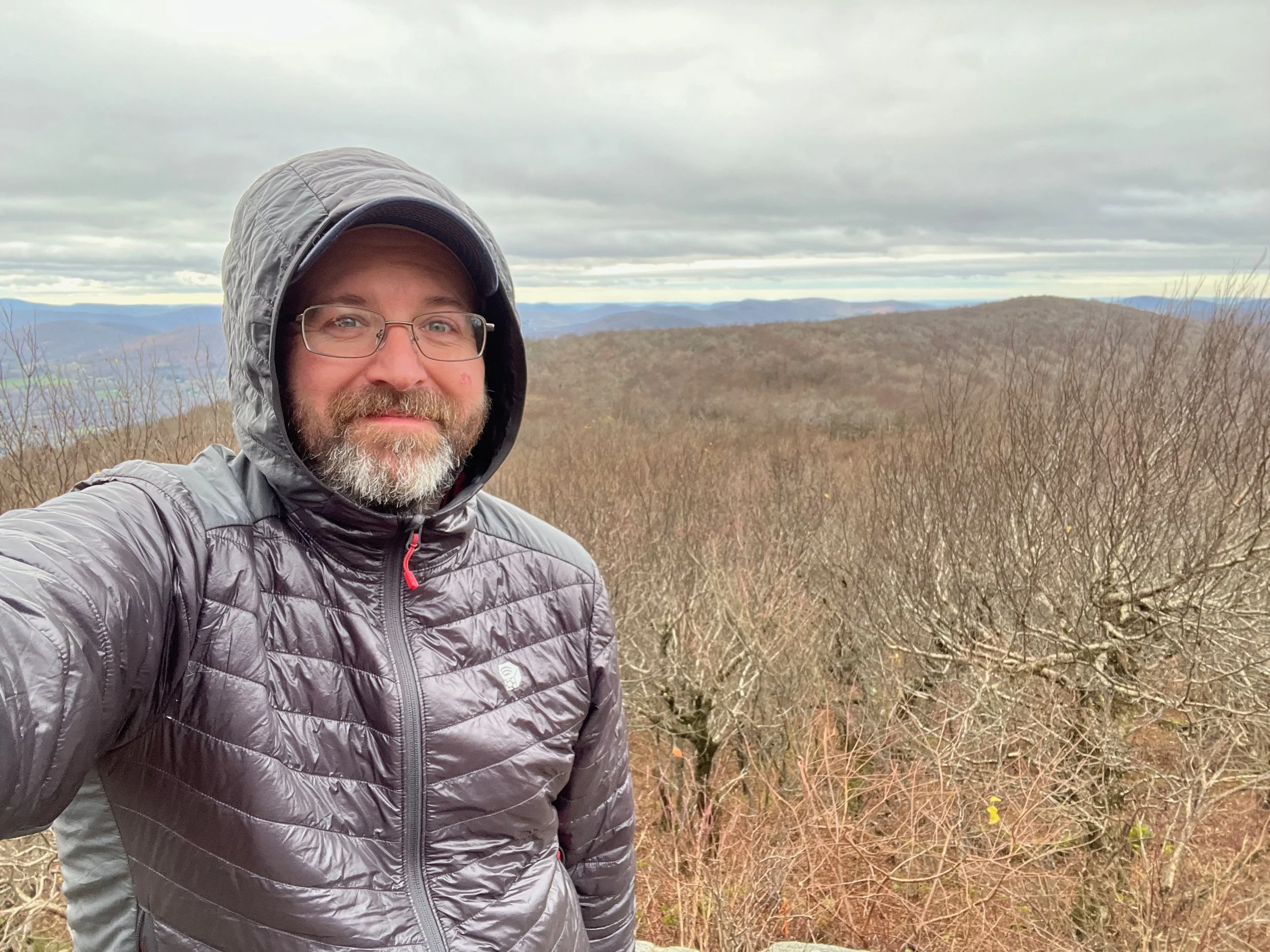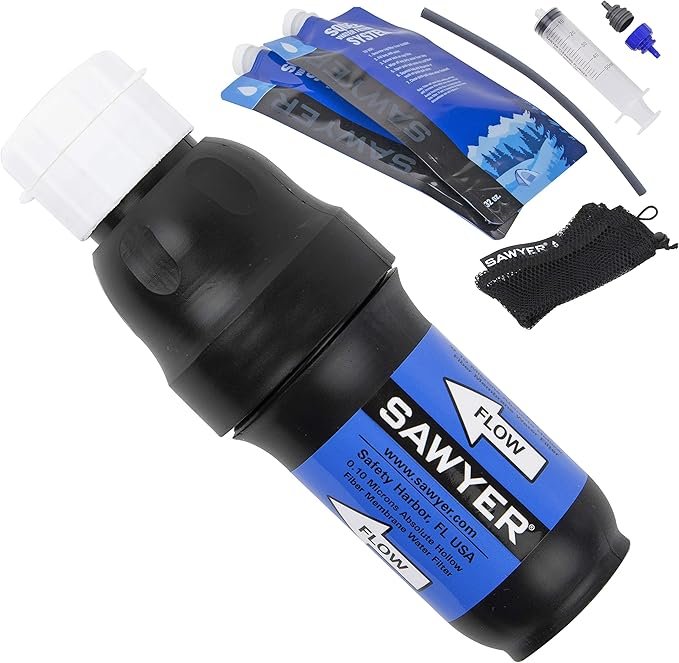Outdoor Gear Guide - Our Favorite Hiking Gear
Our Guide to Hiking Gear - This is our guide to the hiking and camping gear that we always have on our hikes and backpacking trips.
We thought we'd provide you with a list of the gear that we find indispensible on hikes, along with gear that we’ve really come to rely on and enjoy in our adventures -- All to help you find the perfect gear for you, and perhaps the perfect gifts for the hiker that you love!
Note that the links below take you to sites where you can purchase the gear we’re discussing. The links are affiliate links and purchasing items through the links help us maintain this site and film our YouTube videos.
Clothing
Hot or cold, comfort in the outdoors does come down to wearing the right clothes. In our case, we have a few items that we’re always wearing, or have packed in our backpack.
For summer hikes, we like a synthetic t-shirt like the Patagonia Capilene Cool Trail Shirt. It’s lightweight, dries quickly and is rugged enough to last for seasons of hiking. We also have similar shirts from Eddie Bauer, Columbia, and a few other retailers.
Summer hikes also bring a lot of sun and if we’re going to be hiking in places with lots of sunshine, such as the alpine zone of the White Mountains, we are usually wearing the Outdoor Research Echo Hooded Long Sleeve Shirt or the Patagonia Capilene Cool Daily Hoodie. These are lightweight, long-sleeved synthetic shirts with hoods that provide protection from sun and wind. They are perfect for warm weather hiking in very exposed areas.
In the winter we’ve been using the short sleeve Smartwool Merino 150 Base Layer quite regularly and have been very happy with the performance of the wool. In colder weather (or for skiing), we have been using Smartwool’s Merino 150 Base Layer Quarter-Zip Top. For both, the wool has been durable, warm, and wicks the sweat from our wintertime activities away.
Summer and winter, we’re usually wearing some version of the Eddie Bauer Guide Pro Pants and Shorts. In the summertime it’s either the Guide Pro Shorts or the Guide Pro Convertible Pants and in the wintertime, it’s the fleece lined Guide Pro Lined Pants that we wear the most often, or pair of the Guide Pro Pants with a synthetic base layer underneath. We’ve also found that the Trailside Supply Company’s Fleece Lined Pants are great for winter hikes and snowshoeing trips.
Underwear? We’re fans of more or less any synthetic underwear for summer hikes. Jeff has had good luck with REI’s boxer briefs and Moe has a number of pairs of EMS’ Techwick boxer briefs. In the colder months, long underwear (or commonly called a base layer) comes from Patagonia (Capilene Midweight Base Layer Bottoms) and REI (Merino 185 Base Layer Bottoms).
Outerwear
We have no shortage of gear when it comes to what we wear to stay warm and dry, no matter the weather.
For wet weather, we have both come to really appreciate the Columbia Titanium Outdry Ex Reign Jacket. For both of us, it’s lasted through a full year of heavy-use. We appreciate that it has remained waterproof, though like most rain shell jackets, even though it’s breathable, it’s quite easy to work up a sweat inside. Runner ups in our collection for rain shells include the Mountain Hardwear Acadia Jacket and the Marmot Precip Jacket.
Windbreakers and soft shells? Moe is a fan of the Cotapaxi Teca Half-Zip Windbreaker and Jeff has had good luck with the Arc'teryx Gamma SL Hooded Jacket.
Puffies? They are the most versatile jackets around - both in warm weather and cold weather because they are the best to take off a quick chill. We’ve got several depending on what kind of weather and conditions we’re hiking in. For general purpose hiking and backpacking needs, we love the comfortable and lightweight Ghost Whisperer Hooded Puffy from Mountain Hardwear, but it is quite pricey in terms of puffies. In colder weather, the Eddie Bauer Men's MicroTherm 2.0 Down Jacket is a great choice. We’re also really fond of Patagonia’s Nano Puff Jacket. Again, a bit pricey, but Patagonia quality means that it will last you through many, many seasons of use.
Backpacks
We’ve found our groove with backpacks from Osprey and from Gregory. Both manufacturers offer lifetime warranties on their packs and we’ve had experiences returning both brands for repairs and replacements. A backpack, whether it is a day pack or a larger overnight backpack, is a big investment and knowing that there is that warranty is something that can help you feel good in the choice that you ultimately make.
We’ve already sung the praises of our two current backpacks that we use for day hiking, but we’ll say it again! For a go-to, all purpose day pack for short to intermediate hikes, you can’t go wrong with Osprey’s Talon 22. If you’re looking for something with more space, the Kestrel 38, also from Osprey won’t disappoint you (and for those who can pack light, it can double as a backpack for overnight trips)
Backpacking backpacks? Jeff has been backpacking with his Gregory Zulu 55 Backpack, while Moe has been using the Osprey Levity 60 Backpack.
Backpacking Supplies
There are a ton of choices when it comes to things to pack in your backpack for for trips, whether they are quick day trips, or the gear you’ll need for longer multi-day backpacking trips. Here are our favorites and must-haves for day hikes to multi-day backpacking trips:
You need clean water and you don’t get much easier and more reliable than the Sawyer Squeeze Water Filter (except don’t let the filter freeze). It’s easy to pack, easy to use, and will give you plenty of clean water with a minimal amount of maintenance.
We’ve always utilized a version of the Nalgene 32-ounce wide-mouth bottles for carrying waters. These bottles are tough and investing in 1 or 2 will give you years worth of service. The only downside, they are a bit bulky and heavy. For those looking looking for a narrower and lighter 32-ounce alternative, pick up a smartwater bottle and just keep reusing it.
There are a lot of choices, along with pros and cons, when it comes to headlamps for hiking. It generally boils down to battery life, brightness, and weight. The longer life, the brighter, and the lighter, the more expensive the headlamp will be. We’ve erred on the side of brightness and battery life and have been using the Energizer LED Headlamp. It’s durable, waterproof, easy to operate, offers long battery life, and is comfortable to wear for long periods of time.
Moe is a full-time user of Trekking Poles, while Jeff tends to be a bit more sparing in their use. Either way, we both utilize the Trail Back Trekking Poles from Black Diamond.
Hiking Shoes, Boots, and Socks
Jeff spent the last two spring to fall seasons in the Altra Lone Peak hiking/trail running shoes and despite their short life span (400 miles seems to be about the max you’ll get out of them), they are the most comfortable hiking shoes he’s worn in a very long time (if not forever). The expanded toe box was a game changer for him, since almost every other shoe or boot he’s worn has ended up crushing his toes.
For warm weather hiking, Moe swears by his hiking sandals from Deliberate Life Designs. He’s hiked throughout the northeast, including some gnarly trails in the White Mountains of New Hampshire in these sandals and they haven’t disappointed.
Winter boots, we’re still searching for that perfect boot, but Salomon’s winter boots, along with Merrell’s winter boots, have been what we’ve most recently been using - but neither of us is in love with either pair.
Don’t forget socks! We’ve found that the very best in terms of comfort, durability, and customer service is hands down, Darn Tough Socks. They offer a ton of different styles, along with some great designs for those who love a pair of socks that tell a story (rocket powered privy anyone). They also offer a lifetime warranty on their socks. Moe hiked the Appalachian Trail in a pair of them and when he was finished, they sent him a new pair!
Camping Gear
We’ve been using Jetboil Flash stoves for several years and really have never had a complaint about them. They’re easy to use and boil water fast. Since we’re not making complicated meals in the outdoors, that’s more than enough for us. This past season we invested in the MSR Pocket Rocket. It’s super lightweight, as easy to use as the Jetboil, and boils water just as fast - so the Jetboil is on the shelf for now, and the pocket rocket (and it’s handy stove kit) is in our backpack.
For shelter, Moe loves to use his hammock. Don’t forget, for all but the warmest and driest weather, a hammock will also require a rainfly, and in cold weather, an underquilt. Jeff on the other hand is a tent guy and his tent is the Big Agnes Copper Spur HV UL tent.
Sleeping bags in our collection include the Kelty Cosmic 40 bag, which is an inexpensive option for basic backpacking. Jeff’s recently dived into backpacking quilts with REI’s Magma Quilt.
Electronics
We don’t carry a ton of electronics with us.
99% of our photos (and videos) are taken with our iPhones. Right now Moe has an iPhone 12 Pro and Jeff has an iPhone 15 Pro. We do invest in the Otterbox iPhone cases, since it is quite easy to damage your phone on the trail otherwise - take it from us, Moe is a master of destroying phones. Also be sure to use a glass screen protector - they have saved our butts more than once when we’ve dropped a phone and broke the screen protector instead of the screen itself.
For that remaining 1% of photos and videos, Jeff will occasionally carry his Fujifilm X-T100 Mirrorless Digital Camera with him. It’s a good camera, but we just find that it’s a little too much to carry on most hikes.
We both wear Garmin Instinct GPS Watches. These watches can do way, way more than we use them for. For us, it’s mostly GPS tracking, activity recordings, and monitoring heart rates. The watches connect to the Garmin Connect system, which offers plenty of functionality both through their iPhone app and through their website. When we got our watches, the solar model was not yet available. This newer model now offers solar charging, along with the ability to measure your blood oxygen levels.
We almost always carry the Garmin InReach Explorer+ with us. This offers trip tracking, satellite communications (2-way with subscription), emergency notification, on-screen maps, and more. The Explorer+ is the larger model that seems like it is being phased out by Garmin. The newer and smaller model is the Garmin InReach Mini, which doesn’t offer as much on-device functionality as the Explorer+, and also requires a bluetooth connected cell phone to access most of its functionality.
Did we miss something?
Not finding a recommendation for gear you are interested in? Leave us a comment below or send us an email and we’ll be happy to offer you our best advice based on our experiences.
More Hiking Advice and Hiking Gear Recommendations
Some product links are affiliate links and we earn from qualifying purchases. Others are links through the Amazon Influencer program and as an Amazon Influencer, we earn from qualifying purchases. Still others, we just want you to know about some good gear we enjoy!
Important Hiking Considerations:
Weather: Check the weather forecast before your hike and be prepared for changes in conditions.
Safety: Some sections of the trail can be steep, rocky, and/or slippery, so use caution and watch your footing.
Leave No Trace: As with any outdoor activity, remember to follow the principles of Leave No Trace. Pack out any trash, stay on the trail, and be respectful of the natural environment.
